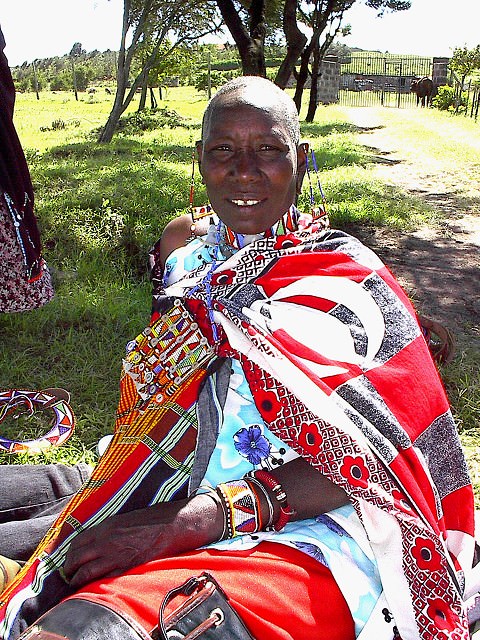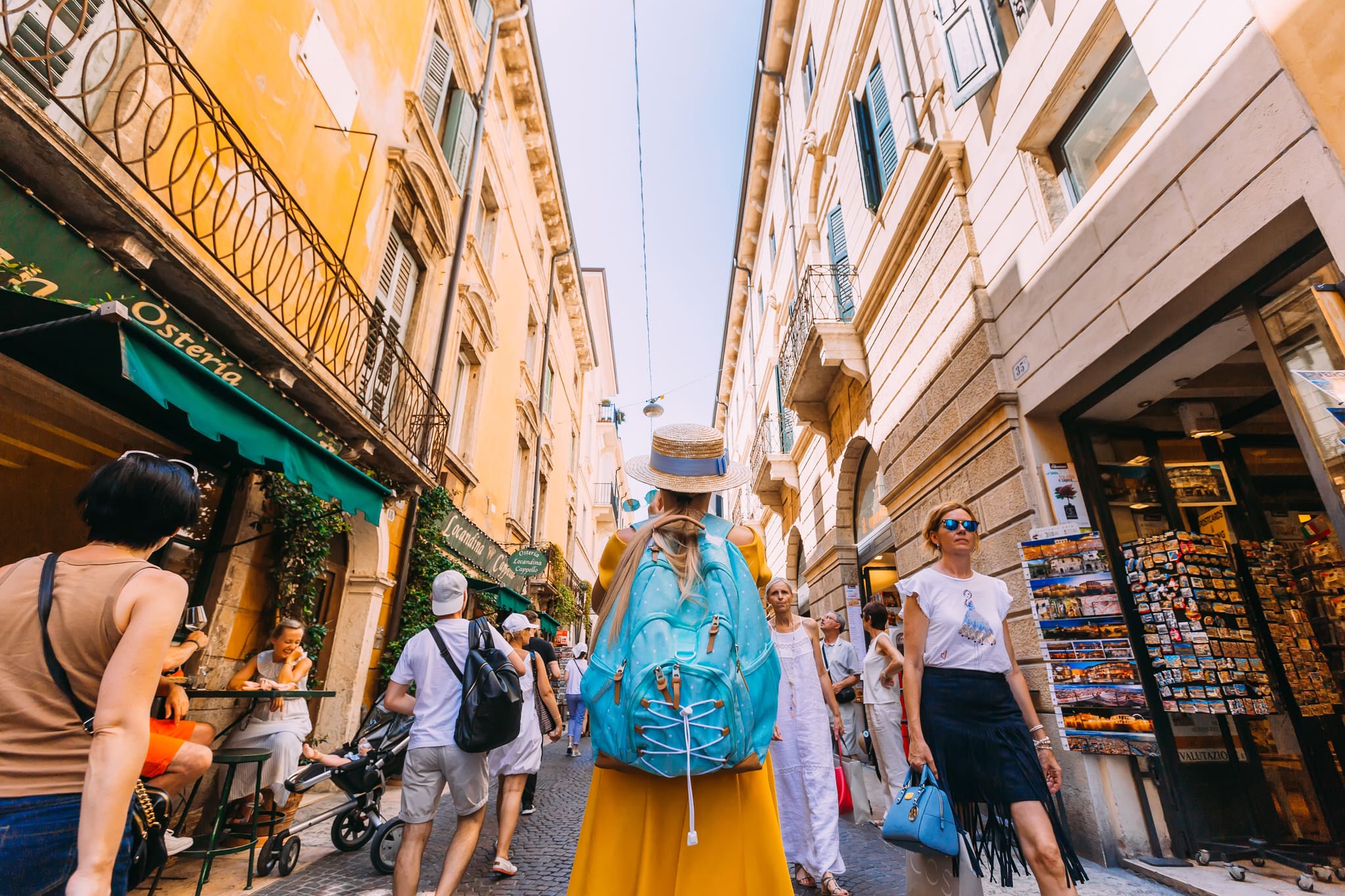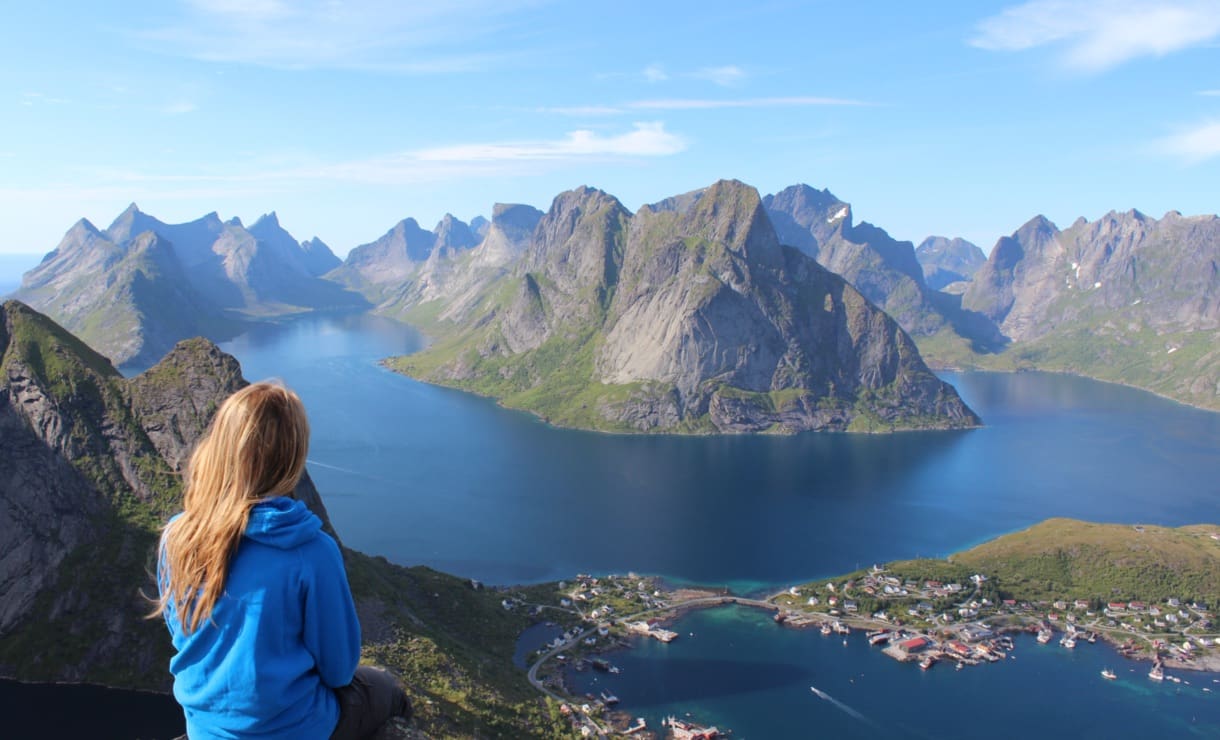The following is a story I wrote after my first trip to Kenya in January 2003.
Silhouettes in Africa
 As I stepped from the brightness of the equatorial sun into the corrugated tin church, it took my eyes a moment to make out the dark figures in the room. Seven women and one tiny baby were all sitting, patiently waiting in the rickety front pew. In front of the women was a chalkboard with words written in Maasai, the native language of Kenya. Here, thousands of miles away from everything familiar, God was about to weave the strands of my past, my present experience and my future together for His glory.
As I stepped from the brightness of the equatorial sun into the corrugated tin church, it took my eyes a moment to make out the dark figures in the room. Seven women and one tiny baby were all sitting, patiently waiting in the rickety front pew. In front of the women was a chalkboard with words written in Maasai, the native language of Kenya. Here, thousands of miles away from everything familiar, God was about to weave the strands of my past, my present experience and my future together for His glory.
It was my last day in Kenya. I had spent the Jan Term Study Tour learning about the intriguing people of this country. We were guided by Sironka, a Maasai who had been an art instructor at Whitworth. Today we were at his home on the edge of the Ngong Hills near the Great Rift Valley. As I walked near Sironka’s home with another member of our group, an incredibly enthusiastic African woman quickly approached us, grabbed our hands and in perfect English asked, “Are you the Americans staying with Sironka? I was on my way to the church, but you must come to my house; you must pick out a gift.”
Agnes lived in a 10’ by 10’ foot enclosure made of sticks and cow dung with an open fire for cooking, some utensils, a bed made of leather stretched over sticks and two stools. She had none of the worldly things I have, but Agnes is a follower of Jesus and because of that, she has everything. Survival takes unending effort for Maasai women, but Agnes took time every weekday to go to a church overlooking the Great Rift Valley to teach Maasai women to read and write. She asked us to go with her.
A current of enthusiasm flowed through the church as Agnes introduced us to the seven women. The students then broke into exuberant, rhythmic song in their native language, praising the creator of the universe. The sense of purpose and faith in the building was tangible. Sunlight sliced through the few small windows around the room, silhouetting the women. I prayed for the Lord to anoint each of the women to live out His purpose in their lives. Seeing what was happening through Agnes and the Maasai women’s thirst to learn, both spiritually and mentally gave me hope for the work God is doing all over the world.
Later that day we visited Richard, another friend of Sironka, deep in the Great Rift Valley. As we walked though
 the brush, three women, his relatives, came out of their dung huts to greet us. They were surprisingly beautiful, with stretched ears wrapped in beads, elaborate beaded necklaces and bright red and orange wraps draped over their bodies. Eventually, I understood that they were all wives to the same husband. They cook, clean, and raise the children, which takes the majority of the day — all day, every day. They were used as a commodity. When the husband got enough money, he could either buy another cow or another wife. As we walked back up to the road I was struck by the stark contrast between the women in God’s house, learning to read and write, and the women in the brush who had nothing.
the brush, three women, his relatives, came out of their dung huts to greet us. They were surprisingly beautiful, with stretched ears wrapped in beads, elaborate beaded necklaces and bright red and orange wraps draped over their bodies. Eventually, I understood that they were all wives to the same husband. They cook, clean, and raise the children, which takes the majority of the day — all day, every day. They were used as a commodity. When the husband got enough money, he could either buy another cow or another wife. As we walked back up to the road I was struck by the stark contrast between the women in God’s house, learning to read and write, and the women in the brush who had nothing.
I asked Richard what he thought of the way his relatives lived. He plainly stated that it was wrong, but they didn’t know any better. He explained that the women didn’t have a church within walking distance of their home, so they have never been able to learn the truths of Jesus’ teachings. With passion in his eyes, Richard told me of his prayers for a church in that village.
I have faith that God is going to answer Richard’s prayers. In Africa, God showed me that He is bringing change all over the world. My desire is that my life will continue to collide with the lives of people like Agnes, Richard and the women in the brush. My God given purpose is to equip American youth to see God working all over the earth and help them learn from and serve people a world apart.
I’m so excited that God has opened the door for me to continue pursuing the vision that He gave me on this trip 5 years ago!








